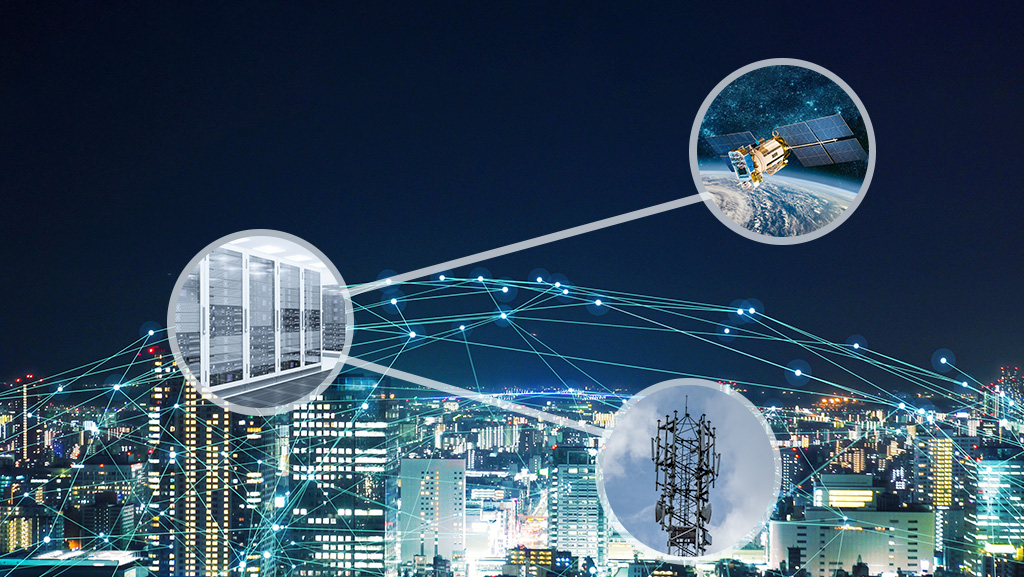Cellular networks are made from “cells,” which are areas of land that are typically hexagonal, have a minimum of one transceiver cell tower within their area, and use various radio frequencies. Cell towers hook up with one another handy-off packets of signals—data, voice, and text messaging—ultimately bringing these signals to mobile devices like phones and tablets that act as receivers.
Cellular Network generations today are the 3rd generation (3G) and predominantly the 4th generation (4G). The 5th generation (5G) is the next generation of cellular communication, expected to be launched across the planet by 2020.
What is a Cellular Network and how does it work?
Networks are high-speed, high-capacity voice and digital communication networks with enhanced multimedia and seamless roaming capabilities for supporting cellular devices.
Cellular network technology is developed for a mobile radiotelephone to exchange high-power transmitter/receiver systems. Technologies are used for lower power, shorter range, and more transmitters for data transmission.
Key differences between 4G and 5G
The biggest differences between 4G nd 5G are going to be peak capacity and latency. The peak capacity of the 5G UWB sector is in Gbps compared to 4G in Mbps.
4G and 5G is bandwidth size. 5G should be ready to support more devices in the longer term, in addition to the network demands of connected vehicles and other devices within the Internet of Things.
5th-generation technology is smarter, more energy-efficient, and faster than any of its predecessors. Some predict it’ll be nearly 10 times faster than your current network if you’re on 4G.
The maximum download rate of 4G technologies is 1 Gbps, while the maximum download rate of 5G technology is 2.5 Gbps.
4G can be used for high-speed applications, mobile TV, and wearable devices, While 5G can be used for high-resolution video streaming, remote control of vehicles, robots, and medical procedures.
Key Difference between 5G and StarLink
5G goes to be implemented in most urban areas. Starlink focuses on remote areas that have poor broadband internet access.
Starlink Technology will be the only best and best–function that also provides internet access to these people. Starlink is unlimited and the 5G is limited or capped Starlink will be superior.
5G provides internet access to urban places and Starlink provides net access to rural/remote areas thus everyone will benefit.
5G may be a wireless technology and hence mobile whereas Starlink needs an antenna which may mean to the sky. Starlink is sweet for remote areas where the network isn’t or not so great. 5G can take a few years to succeed in remote a part of the planet.
Conclusion
Both Starlink and 5G are different but competitive technologies. They both are complementary technologies. 5G devices are going to be mobile and are less likely to suffer from line of sight to the sky.





